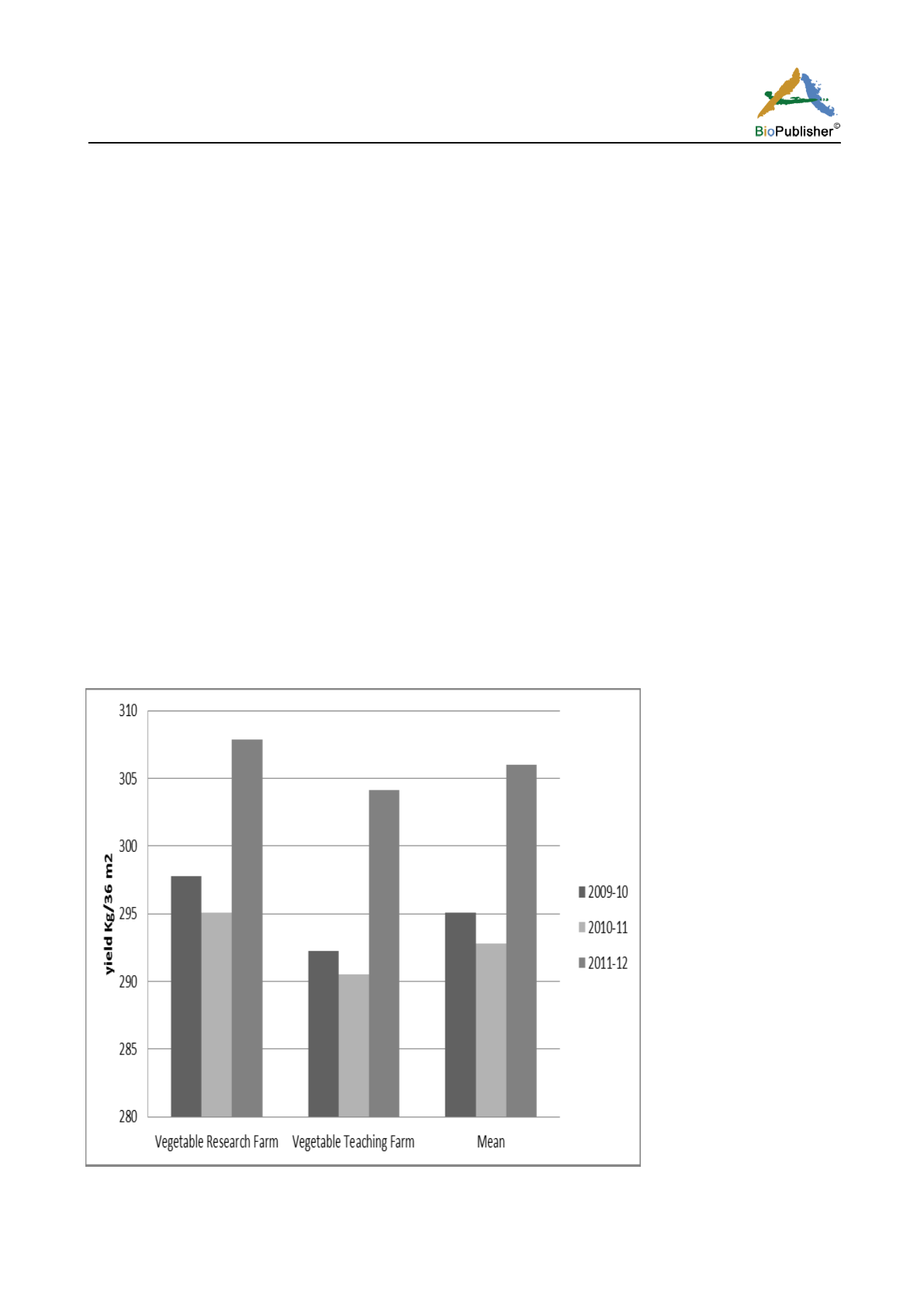
International Journal of Horticulture, 2017, Vol.7, No. 24, 219-228
220
such as improving functions of the whole body, disease prevention, and delayed disease progression (Somsri et al.,
2016), enhanced thinking ability and increased efficiency. Examples include improvement in micro-vascular
reactivity (Macready et al., 2014), better cognitive performance (Nyaradi et al., 2014), decreased risk of
colorectal cancer (Zhong et al., 2014), reduce the risk of overweight (Howarth et al., 2001; Tohill, 2005),
coronary heart disease (Dauchet et al., 2006; He et al., 2007; Hartley et al., 2013), and reduced risk of kidney
disease (Goraya et al., 2013). Melina (2012) suggested that "a menu filled with seasonal fruits and vegetables
could provide a big nutritional boost", and vegetables were packed with fiber and water, and were low in fat, they
decreased the calorie density of diet, while boosting overall nutrition. It was evident from the literature that home
gardens are a part of agriculture and food production systems in many developing countries and are widely used
as a remedy to alleviate hunger and malnutrition in the face of a global food crisis (Johnson et al., 2000). Mitchell
and Hanstad (2004) reported that home garden provided multiple social benefits such as enhancing food and
nutritional security, empowering women, promoting social justice and equity, and preserving indigenous
knowledge and culture and so on. One of the primary objectives of this study is to develop nutrition garden model
especially for urban and peri-urban households which ensure healthy diet that contains adequate quantities of
vitamins and macro and micro-nutrients by producing diverse kinds of vegetables.
2 Results and Discussion
The results in Figure 1 showed that 298 kg (grand mean over years) of vegetables per annum were obtained from
the given model of 36 m
2
. Experimental vegetable gardens yield 0.22-1.22 kg/day from 18 m²(AVRDC, 1985),
and an average of 1.5 kg of produce per day in a Thai home garden can be obtained (Gershon et al., 1986). The
yield of each vegetable is given in Table 1. It was recorded that summer leafy vegetable kangkong gave
maximum yield of 23.53 kg from an area of 2 square meters followed by carrot (20.80 kg), chinese cabbage
(17.17 kg), basella (15.80 kg), mint (15.62 kg) and so on. The monthly availability of vegetables for a family was
also calculated and given in Table 2.
Figure 1 Yield performance of vegetables in home garden at two locations in PAU


